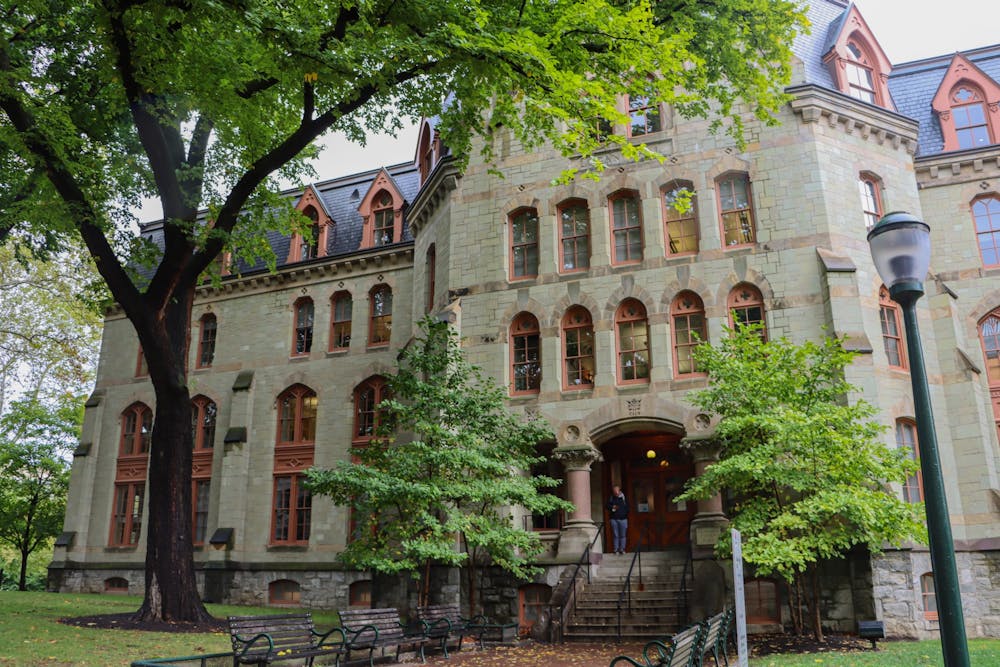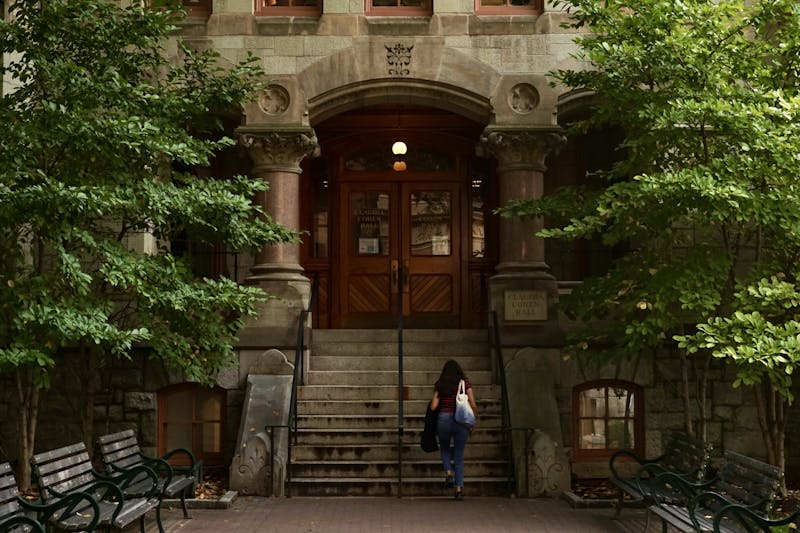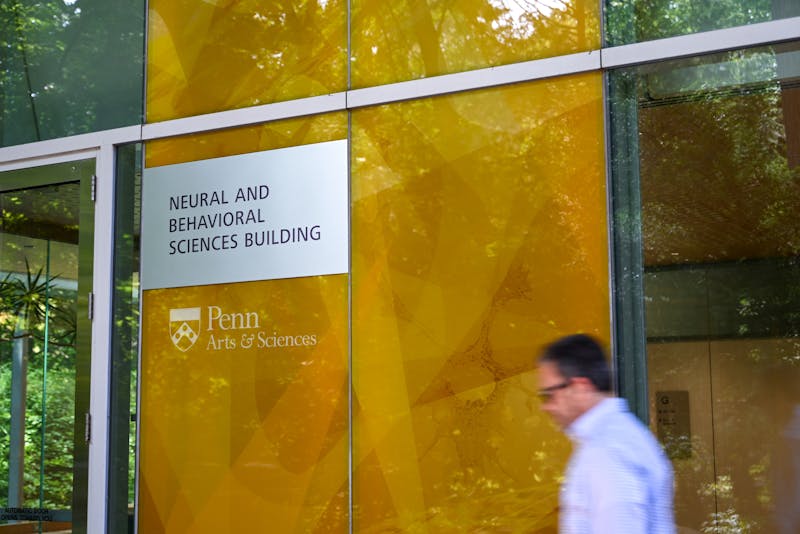
From Homer’s “Iliad” to Virgil’s “Aeneid,” the classics have long been regarded as a cornerstone of higher education. They represent some of the most influential works in history, and it’s no surprise that they’re still studied to this day. At Penn, the Department of Classical Studies has been part of the University for over two centuries. and was founded by Reverend William Smith, a man that Ben Franklin hand-picked to be provost, in 1751.
However, when scrolling through a classics syllabus or reading list, it’s clear that the origins of these great works are incredibly homogenous. Every single author is either Greek or Roman. Therefore, in the modern day, we must re-examine the way we define the field of classics.
Our current understanding of classics is by definition Western-focused, functioning as the study of Greek, Hellenistic, and Roman periods. As such, classics departments at universities place a heavy emphasis on these cultures. At Penn, the classical studies major requires core courses in Ancient Greece and Ancient Rome, and can be satisfied by solely taking courses on Greek and Roman classics. The department even states that its aim is to study “ancient Greek, Hellenistic, and Roman worlds.”
There’s nothing wrong with teaching and learning Greek and Roman classics; a lot can be gained from the works of Plato, Aristotle, and Cicero. Through reading Western classics, we can understand more about our present and the ideas that shaped philosophers’ perceptions of the world and continue to shape ours. This year, I took an ancient philosophy class at Penn and thoroughly enjoyed reading the works of Western classicists, authors who changed the way I consider various modern topics.
Rather, the problem is that the term “classics” implies that all ancient texts are encompassed by two cultures, those of the Greeks and Romans. This is not only untrue, but also an extremely harmful misconception. Where are the ancient Asian, African, and South American texts in the field of Classics?
By excluding non-Western cultures from classical studies, we are ignoring the plethora of regions that boast rich historical contributions. Chinese classics, for instance, represent the culture of one of the most powerful countries in our modern world. Confucius’ “Four Books and Five Classics," arguably the most influential text in East Asian history, is an excellent portrayal of ancient philosophy and politics. Books like Luo Guangzho’s “Romance of the Three Kingdoms,” Vyasa’s “Mahabharata,” and Ferdowsi’s “Shahnameh” fit the standard definition of classics; they are ancient texts that have been read and reread for centuries. Admittedly, Penn does provide opportunities to study these texts, through the departments of East Asian Languages and Civilizations, South Asia Studies, and Spanish and Portuguese. However, they have yet to be encompassed by general classics curricula purely because their place of origin lies outside the West.
I grew up in Asia and spent years learning about Eastern classics. They are texts that taught me how to live in a multicultural world, one where ancient ideas affect today’s world news. Coming to Penn, a place where Western classics are predominantly taught, it’s shocking to see students lose the opportunity to educate themselves on histories and cultures from around the globe. While Penn is located in the United States, a Western country, it markets itself as an institution dedicated to building “strong connections within the global community.”
Furthermore, another issue arises when we consider the connotation of the word “classics.” It is derived from the Latin “classicus,” which refers to someone who belongs to the “highest property class.” Classics are generally seen as worthwhile and well-established; they are of high quality and have long-lasting value. Therefore, it’s highly concerning that we’ve limited such an honorable title to just the Western region of the world. Why have non-Western texts lost out on such a respected distinction?
The first step is to alter our definition of “classics.” Rather than be composed of purely Greek and Roman texts, we must expand the field to encompass works of non-Western authors, too. This begins at influential universities, such as our own. Penn boasts an extremely culturally diverse student body. In the Class of 2026, students from 84 nations outside of the United States are represented, many of whom are from non-Western countries, such as China, India, and Brazil. Penn is proudly home to multiple organizations dedicated to supporting international students, namely International Student & Scholar Services and the Assembly of International Students.
It is at a place like this that change can begin. Penn must take steps to expand its Classical Studies Department beyond Western classics. I’d like to see a curriculum that includes the works of Asian, African, and South American authors, in conjunction with Greek and Roman. This way, Penn can follow through on its promise to create a community “that reflects the diversity of the world we live in.”
SANGITHA AIYER is a College first year from Singapore. Her email is saiyer@sas.upenn.edu.
The Daily Pennsylvanian is an independent, student-run newspaper. Please consider making a donation to support the coverage that shapes the University. Your generosity ensures a future of strong journalism at Penn.
Donate






